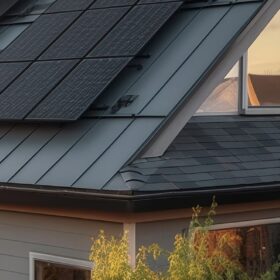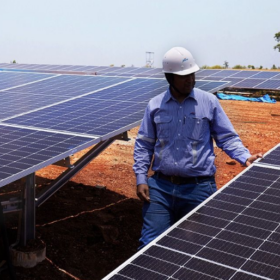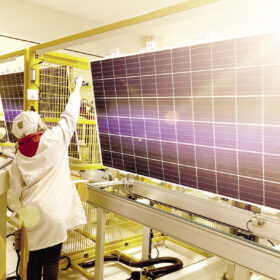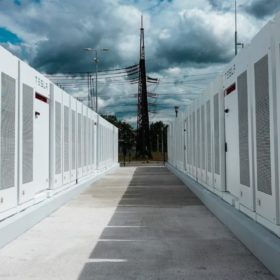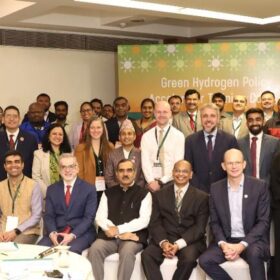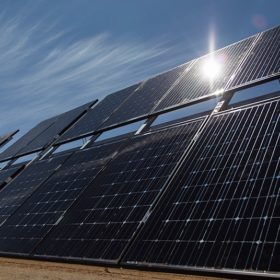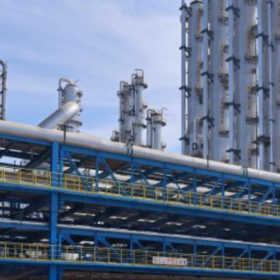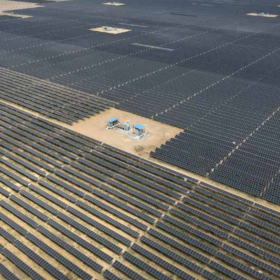JinkoSolar announces new TOPCon solar modules with efficiency of 24.8%
The Chinese manufacturer said the new Tiger Neo 3.0 modules are available in two versions with outputs of 495 W and 670 W.
Gas price volatility raises questions on its suitability as a bridging fuel: IEEFA
Ongoing changes in global gas demand and supply structures due to geopolitical disturbances and resultant volatility have eroded any economic advantage provided by the fossil fuel.
GFCL EV raises INR 1,000 crore to scale its battery materials capacity
GFCL EV will utilize the funds to scale its battery material capacities as it looks to capitalize on large-scale global opportunities in the electric vehicle and energy storage system space.
JSW Energy signs 700 MW solar PPA with SECI
JSW Renew Energy will supply power for a period of 25 years at a tariff of INR 2.56/kWh. The project is set for commissioning within 24 months.
Solplanet launches 350 kW solar inverter for large-scale PV installations in India
Solplanet has introduced its ASW350K-HT three-phase solar inverter with a power of 350 kW and maximum efficiency of 99.01 % for utility-scale PV projects.
US announces tax credits for solar ingot and wafer manufacturing
New incentives support solar manufacturers and encourage the domestic buildout of the earlier stages of the solar supply chain.
Trina Solar sues Canadian Solar for alleged TOPCon patent infringement
Trina Solar has filed a lawsuit against Canadian Solar in a US court, claiming patent infringement on an unspecified tunnel oxide passivated contact (TOPCon) solar cell technology.
NVVN allocates 500 MW/1,000 MWh battery storage with VGF at INR 2.37 lakh/MW/month
Indigrid, Kintech Synergy, and HG Infra Engineering have emerged winners in NTPC Vidyut Vyapar Nigam’s auction for 500 MW/ 1000 MWh of standalone battery energy storage capacity with viability gap funding support.
ISA, GH2 launch Green Hydrogen Policy Accelerator Training Course in New Delhi
Building on the success of the Cairo Edition, International Solar Alliance (ISA) and Green Hydrogen Organisation (GH2) have brought their Green Hydrogen Policy Accelerator Training Course to New Delhi.
UPEIDA, GEAPP collaborate on solar park along Bundelkhand Expressway
The Uttar Pradesh Expressways Industrial Development Authority (UPEIDA) has invited global e-bids for selection of solar power developers to set up PV projects on a build-own-operate basis along the Bundelkhand Expressway. GEAPP’s feasibility study has revealed the potential to install 450-500 MW of solar power along the expressway.
